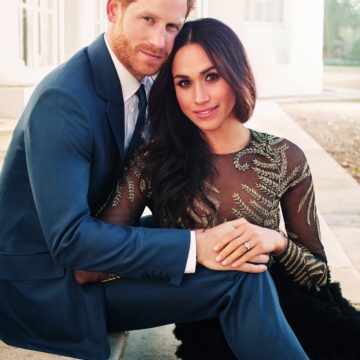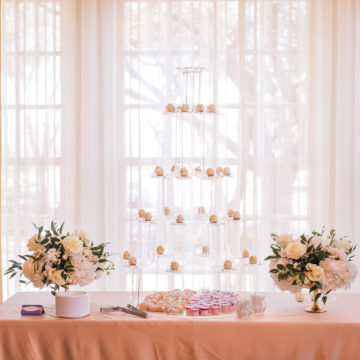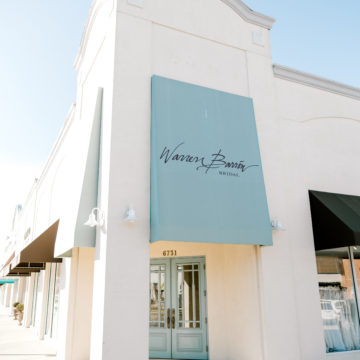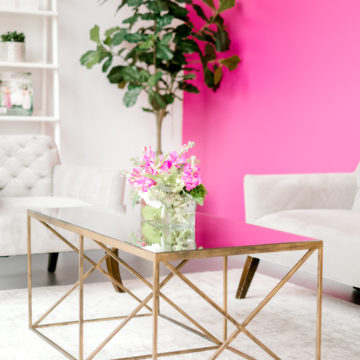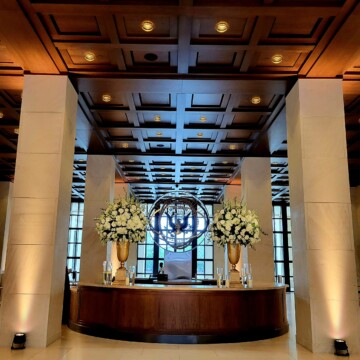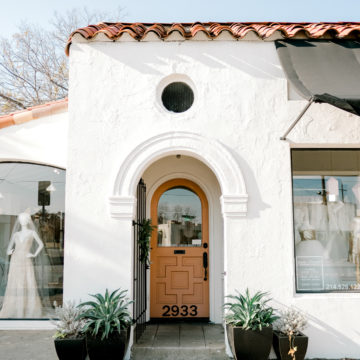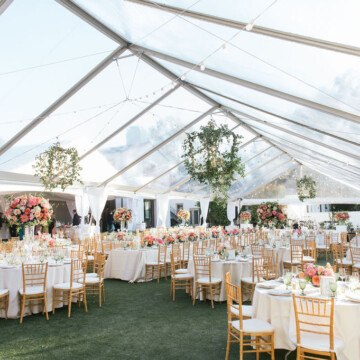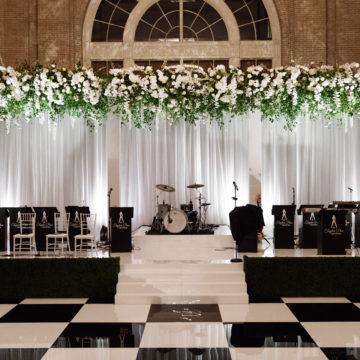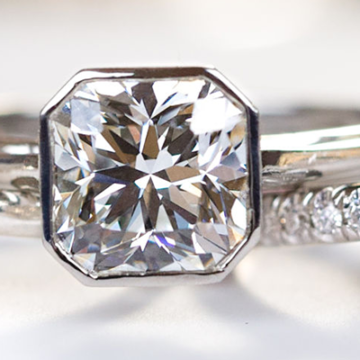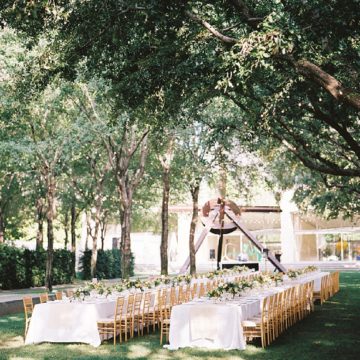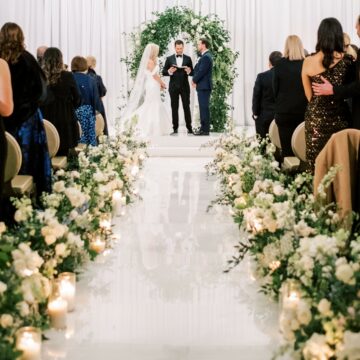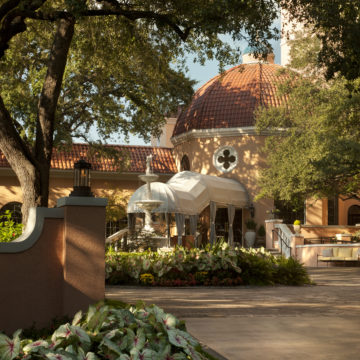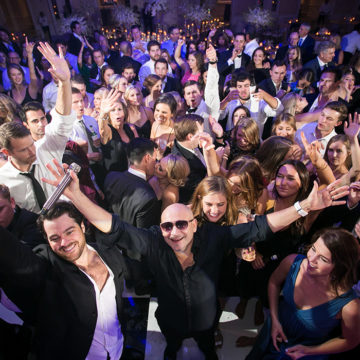Bridal Accessory Designer Debra Moreland Talks Inspirations, Latest Trends, and What Makes Dallas Brides Unique

Sporting an Anna Wintour-esque black bob and chic, round eyeglasses, Debra Moreland echoes a real-life version of The Incredibles’ Edna Mode. But instead of designing for superheroes, she creates accessories for brides.
Her work includes combs decorated with intricately detailed enamel florals, flowing veils featuring hand-painted motifs and ornate lace edges, and headpieces that sparkle and shimmer with jewels and pearls. She has been in the bridal accessory business for almost 30 years and, in that time, has designed collections for Vera Wang, Badgley Mischka, BHLDN by Anthropologie, Peter Langner, Lazaro, and more. Moreland says she loves the challenge of wrapping her design around brands’ different philosophies, analyzing what is unique about them, and determining how her skills can complement her discoveries.
She produces two annual collections for her Paris by Debra Moreland line, and travels the country to personally style brides at trunk shows. Her process with styling brides is very much like her own design philosophy: She asks brides seven questions to quickly determine their personality, including vision for their wedding, and other important considerations, like their dress style, planned hairstyle, and existing jewelry. The answers to these questions help Moreland eliminate roughly 90 percent of her pieces, she estimates.
“Their feedback helps me edit deeper to what is going to be better for them,” she says.“People love that process because they’ve never had that much attention from somebody who can help them crystallize their ideas into reality.”
In Dallas, where Moreland recently visited for the first time in a year for a trunk show at StarDust Celebrations, brides’ tastes tend to align with the Texan value of “the bigger, the better.”
“I’ve got some really fabulous, big things that when I’m somewhere else, I’m not even going to be able to pull them out,” Moreland says. “I love the opportunity to be able to pull out bold pieces.”
Dallas brides’ timeline of accessory shopping is also unique: They typically need to get hairpieces early enough to do bridal portraits, which is different from how brides operate in the North. Moreland says it’s interesting to see how cultural preferences, like this one, change over time.
Moreland predicts the next bridal accessory trend will be necklaces and bracelets. She noticed there were many beautiful necklaces at this year’s Academy Awards—she says the styles at the Academy Awards always help lead the industry, so she’s prepared more pieces in that vein for market this season.
Her latest collection debuts this month, but despite her predictions, it isn’t focused on necklaces.
“I did a couple of very unusual veils that I’ve never seen anything like that before,” she says. And next April, she plans on doing a retrospective collection.
“There are things that just never had a chance, or maybe they’re more valid now than they were when I first introduced them,” she says. “I’m going to resurrect a whole collection if I can.”
Moreland has an archive of all of her work and has never thrown away anything she has designed. Her design space is a huge table, full of bits of jewelry that she can pick up and add to her creations as she goes. “It is such a nest,” she says, “and I say that in the worst way.” Some of the components yet to be used have been lying in wait for 20 years.
“My design process is like turning the pages in a book,” Moreland says. “Everything I’ve done before has everything to do with what I will be doing.”
MORELAND’S INSPIRATIONS
Fabergé – When Moreland was first getting into the business, she frequently visited the library to look through books on old movie stars and vintage fashion. One day, she came across a book on Fabergé, and was struck with the inspiration to make hairpieces that look like Fabergé eggs and jewelry. At that time, bridal accessories were mostly made out of fabric and plastic pearls. Moreland sent her first pieces—constructed of metals, pearls and crystals—to Brides magazine and landed an eight-page spread. Her shop in Ohio was swamped with phone calls from people all over the country, and she decided to take her designs to New York.
Esther Williams – Williams was a synchronized swimmer and actress who starred in several movies throughout the 1940s and 1950s. “[She] would always come up out of the spray of water with the most amazing things on her head,” Moreland says.
The Ten Commandments(1956) – “I just love the way all that jewelry looks in the hair,’ Moreland says. “Until they made it in HD, and then it was like, ‘Gosh, this stuff actually kind of sucks when you can really see it.’ ”

